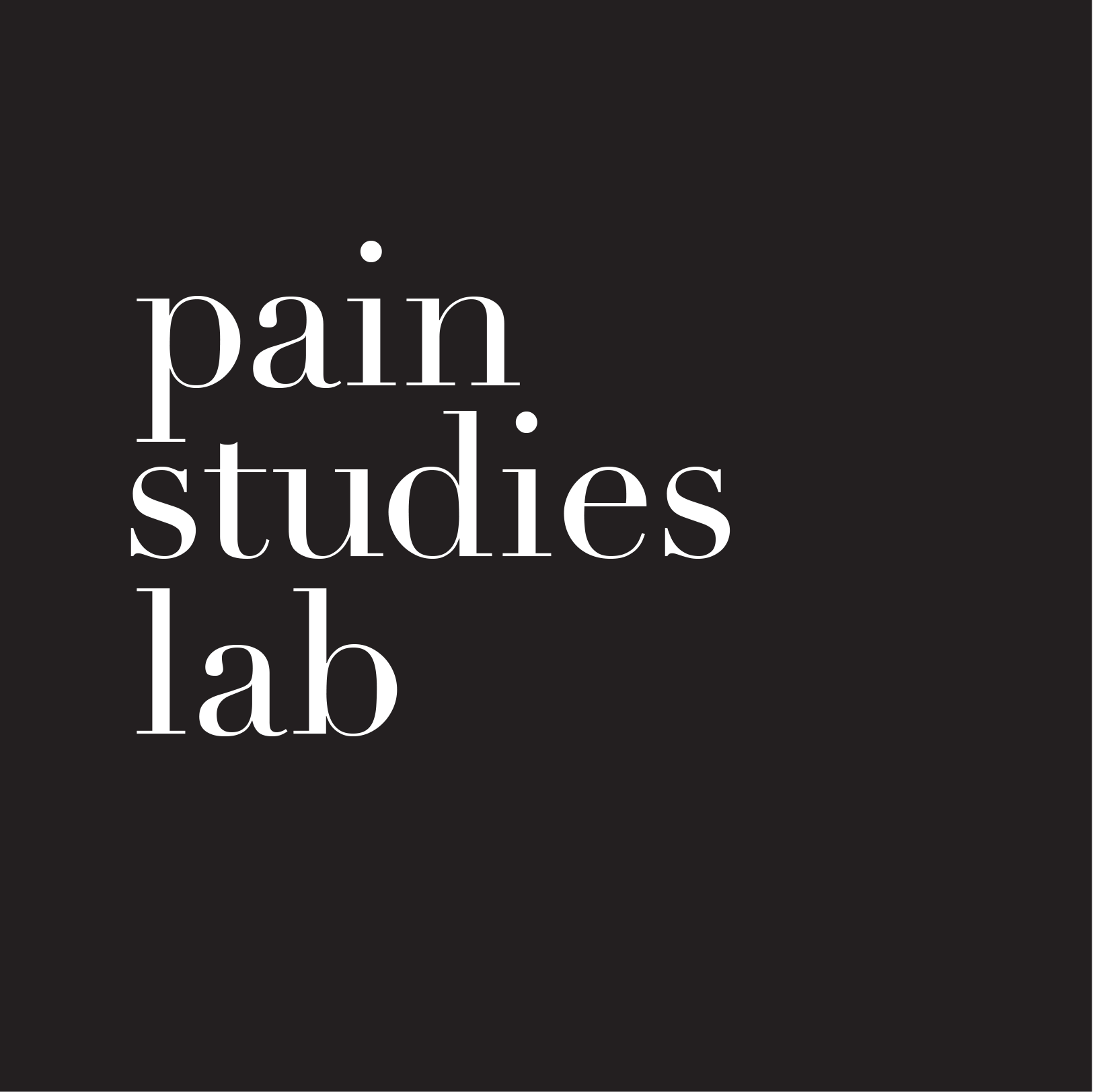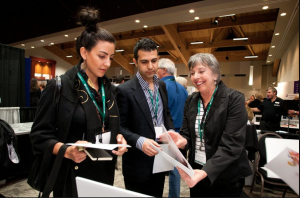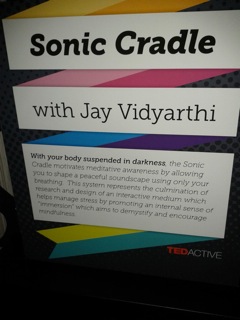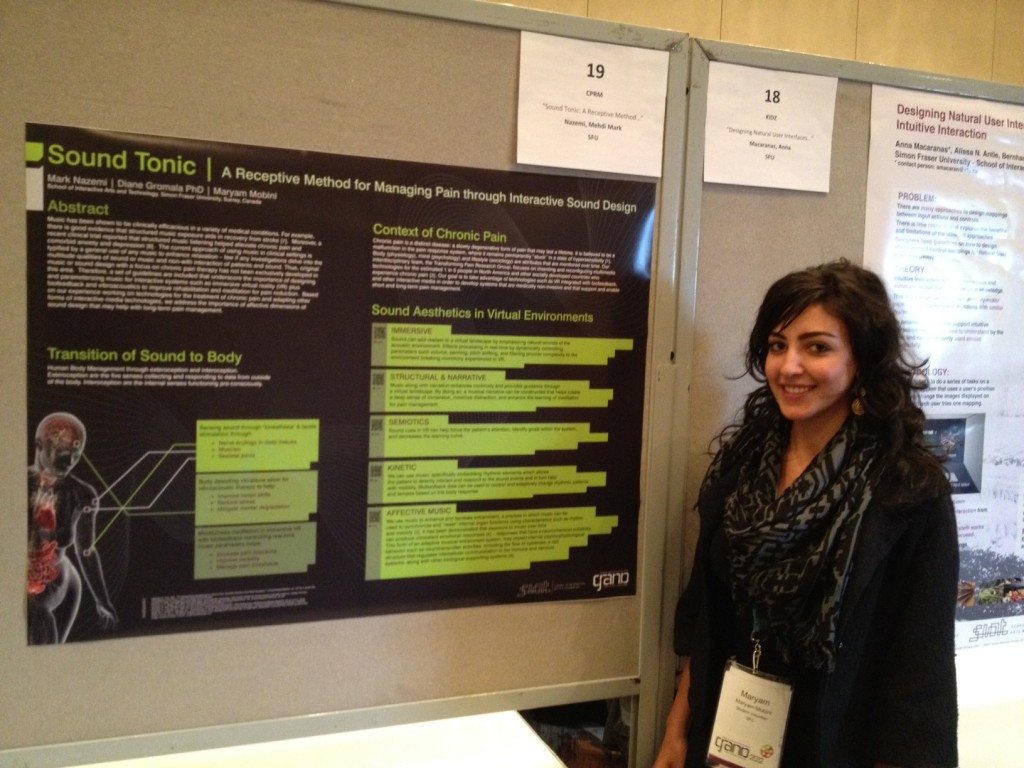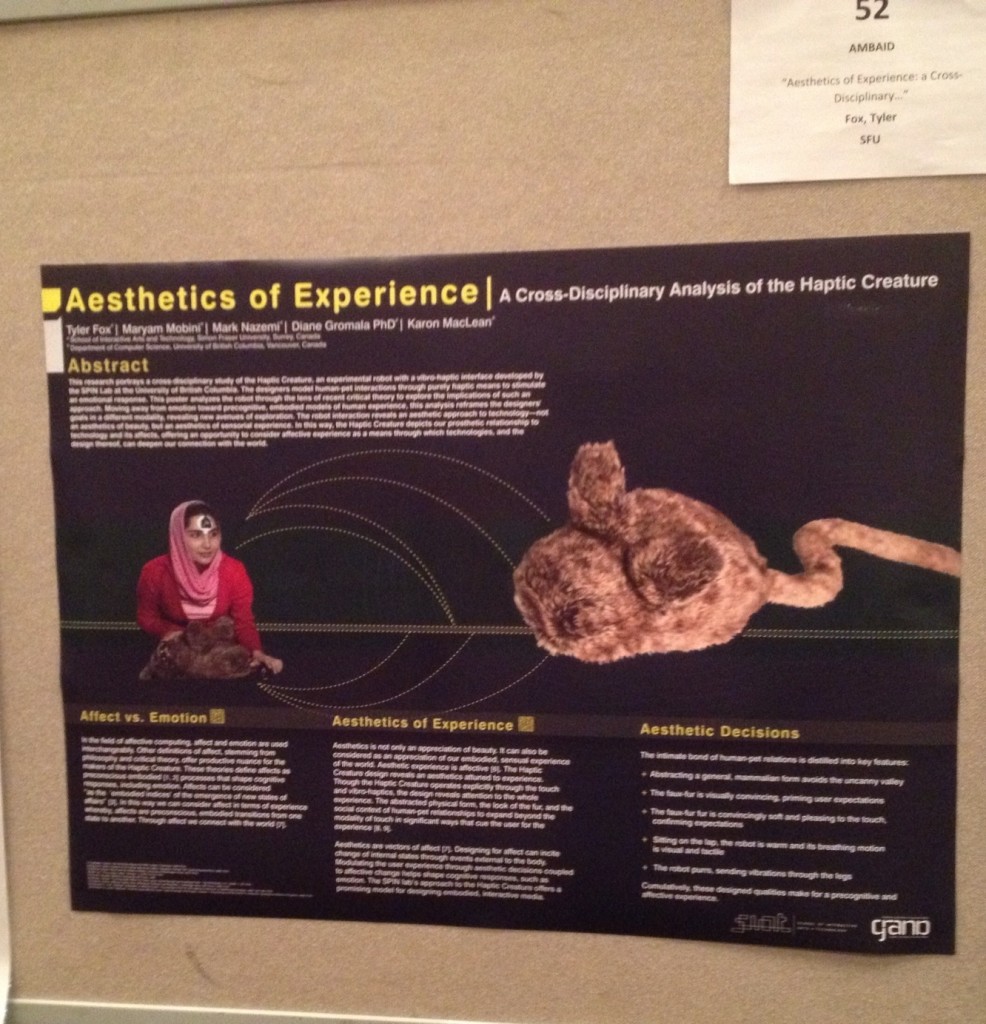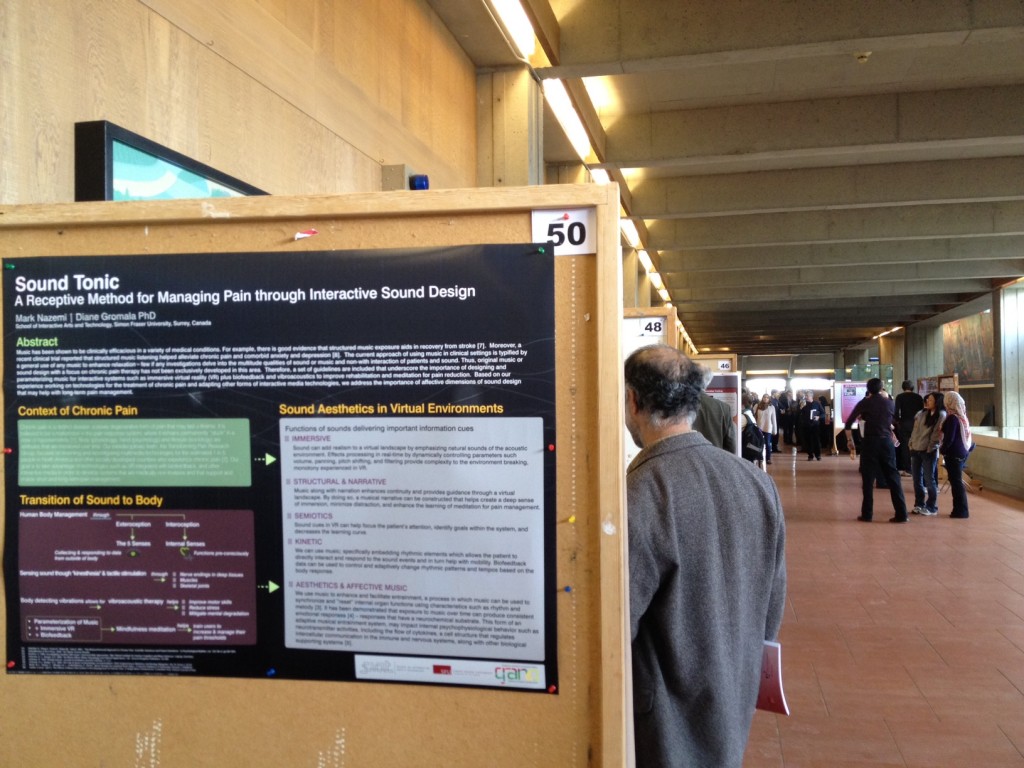Tyler Fox presented a workshop on Agitating Algae: Physical Computing and Bioluminescent Displays at ISEA 2012, the 18th International Symposium on Electronic Art, held in Albuquerque, New Mexico, Sept. 19-24.
Heres the abstract for the workshop:
This workshop will introduce participants to bioluminescent dinoflagellates—marine dwelling, single-celled algae that emit light upon physical agitation. Using Arduino and simple physical computing arrangements, we will explore various ways to connect the inorganic with the organic, in our case using digital micro-controllers, motors, and bioluminescent algae. Additionally, participants will learn about bioluminescent dinoflagellates in nature, how to grow them at home, and will be offered their own packet of bioluminescent algae to take home. This workshop will be informal and casual, focusing on creativity and exploration rather than on developing engineering know-how.
The conference proceedings can be found here: isea2012.org/sites/default/files/ISEA2012_confproceedings_WEB.pdf
